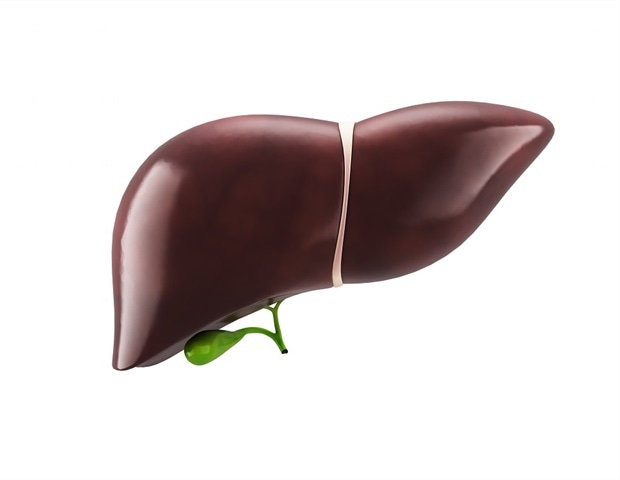The current method for assessing medication-related liver injury is not providing an accurate picture of some medications' toxicity-;or lack thereof-;to the liver, according to a new study led by researchers from the Perelman School of Medicine at the University of Pennsylvania. Classification of a medication's potential to damage the liver, termed "hepatotoxicity," has been historically determined by counting individual reported cases of acute liver injury (ALI). Instead, the researchers used real-world health care data to measure rates of ALI within a population and uncovered that some medications' levels of danger to the liver are being misclassified.
This paper was published today in JAMA Internal Medicine . From a clinical standpoint, knowing the rate of severe ALI after starting a medication in real-world data will help determine which patients should be monitored more closely with liver-related laboratory tests during treatment. Incidence rates of severe ALI can be a valuable tool for determining a medication's toxicity to the liver and when patients should be monitored, since incidence rates provide a truer, real-world look at this toxicity.

Case reports did not accurately reflect observed rates of ALI because they do not consider the number of persons exposed to a medication, and cases of drug-induced liver injury are often underreported." Vincent Lo Re, MD, MSCE, senior author, associate professor of Medicine and Epidemiology Within the study, 17 different medicatio.























